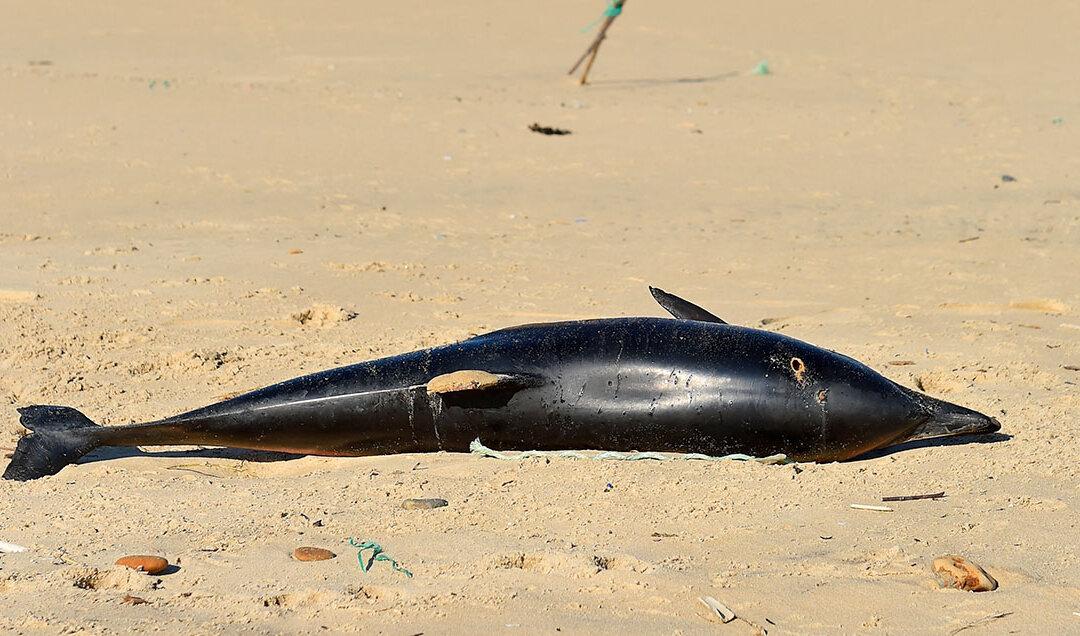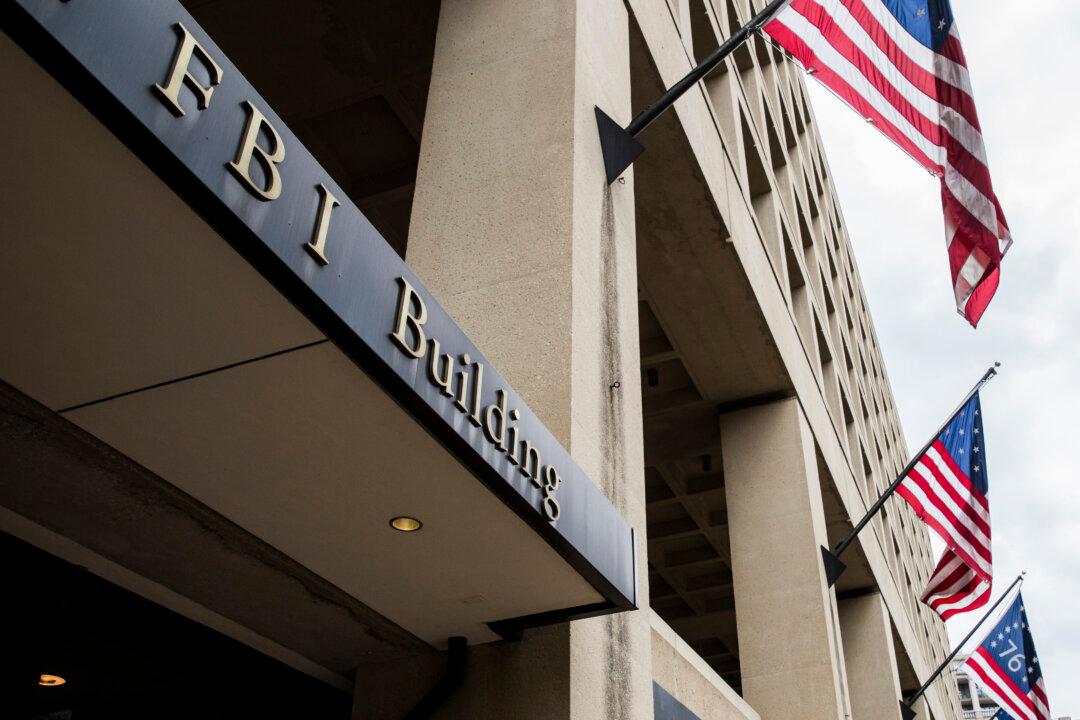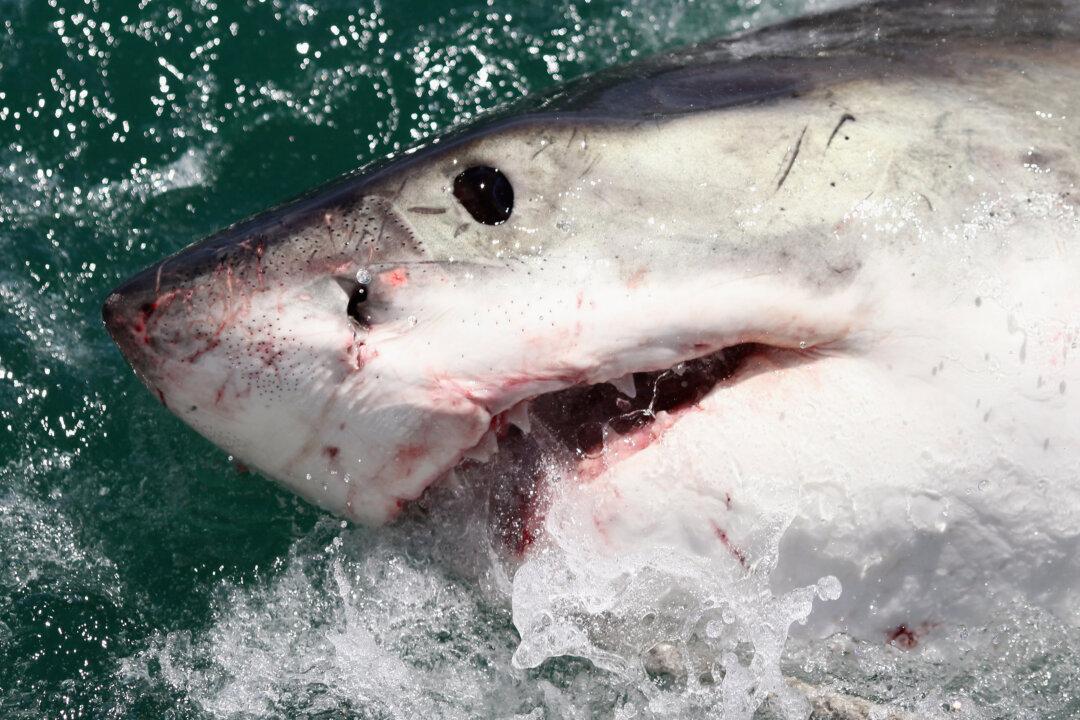The number of stranded dolphins across the Gulf Coast has jumped, tripling the number of deaths so far this year, a scientific agency warned on June 14.
The National Oceanic and Atmospheric Administration (NOAA) confirmed at least 279 dolphins were stranded across much of the Gulf of Mexico since the beginning of February. The figure represents triple the usual number and about 98 percent of them have died already.





